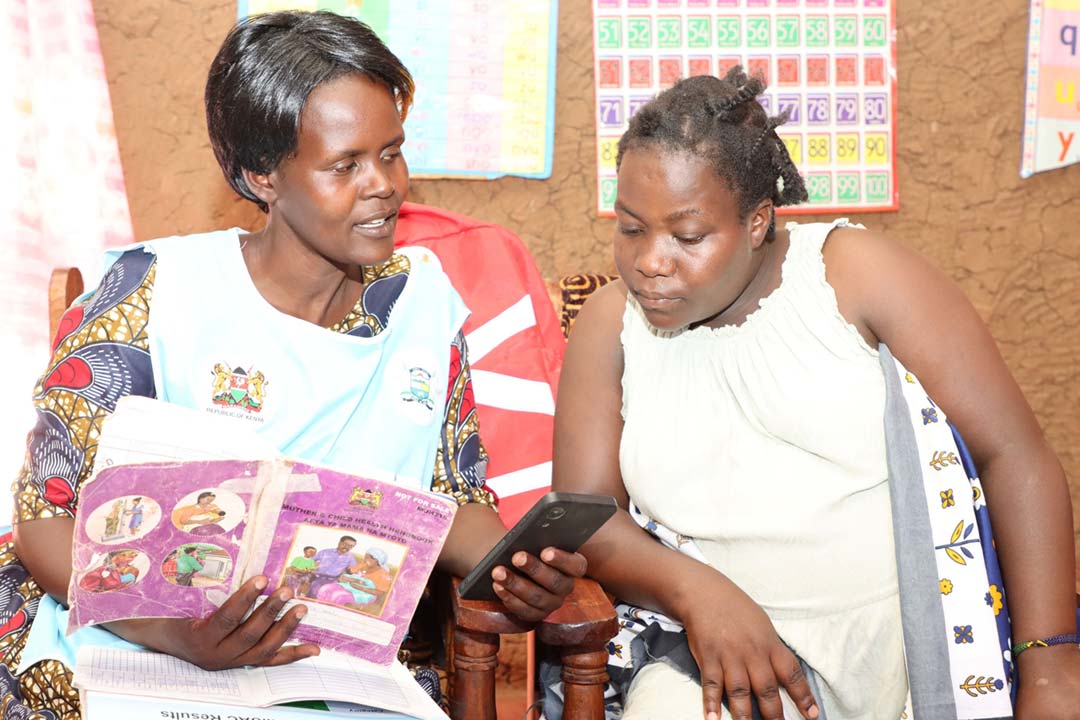Could the “Arcturus” variant trigger a new wave of COVID-19 infections and deaths?
The XBB1.16 variant may be the most transmissible version of SARS-CoV-2 yet, but experts believe it is unlikely to cause a big wave of cases.
- 28 April 2023
- 4 min read
- by Linda Geddes

There’s a new SARS-CoV-2 variant in town, nicknamed Arcturus after the brightest star in the northern celestial hemisphere. Officially known as the XBB.1.16 sub-variant, the World Health Organization is closely monitoring it as a “variant of interest” as the mutations it contains are known to affect how easily it infects people.
"It could be probably due to declining immunity and new variant combining to give some increase in cases."
– Dr Anurag Agrawal, Dean of Biosciences and Health Research at Ashoka University in Haryana
There is also evidence that it is outcompeting other currently circulating variants, with some scientists predicting that it could eventually take over as the dominant circulating variant in many countries.
Alarming as this may sound, XBB.1.16 is unlikely to trigger a major new wave of hospitalisations and deaths, although people who are unvaccinated – especially older individuals and those with underlying health conditions – are more vulnerable.
This variant is the most transmissible yet, meaning it is even more capable of seeking out individuals who have not previously had COVID-19, been vaccinated against it or whose immunity from previous infections or vaccinations has waned.
How does Arcturus differ from previous variants?
Since the emergence of Omicron in November 2021, this variant and its ever-diversifying family of descendants have been the source of almost all COVID-19 infections worldwide. While there are genetic differences between these sub-variants of Omicron, they are still more closely related to each other than to previous variants of concern such as the Beta or Delta variant, with no major divergence in the severity of the disease they cause.
XBB.1.16 is particularly closely related to XBB.1.5 – currently, the dominant version of Omicron circulating worldwide. As of 5 March 2023, XBB.1.5 had been reported in 96 countries and accounted for 50.8% of sequences uploaded to the international GISAID database. Compared to this variant, XBB.1.16 has two genetic changes, one of them in the spike protein.
Will it trigger a significant wave of new COVID-19 cases?
According to Prof Francois Balloux, Director of the UCL Genetics Institute at University College London, UK, XBB.1.16 is unlikely to have a significant impact on case numbers in countries that have already experienced a significant wave of XBB.1.5 cases and will have even lesser impact on hospitalisations and deaths.
However, “in places that didn’t have an XBB.1.5 wave, such as India or China, it is expected to do well, as did XBB.1.5,” Balloux said.
Have you read?
As of 17 April 2023, The countries reporting the most XBB.1.16 sequences were India (63.4%, 2,314 sequences uploaded), the US (10.9%, 396 sequences), Singapore (6.9%, 250 sequences), Australia (3.9%, 143 sequences), Canada (2.6%, 94 sequences), Brunei (2.4%, 89 sequences), Japan (2.0%, 73 sequences) and the UK (2.1%, 75 sequences). However, since some countries do more viral genetic sequencing than others, this doesn’t necessarily mean these countries are the most affected by this variant.
What about hospitalisations and deaths?
India was the first country to detect XBB.1.16 in January 2023, and the proportion of Indian COVID-19 cases attributed to this sub-variant continues to grow. India has also reported a simultaneous rise in COVID-19 cases since mid-February, with daily COVID-19 deaths rising since mid-March. Even so, these figures are low, compared to earlier pandemic waves, and before COVID-19 vaccines became available.
Dr Anurag Agrawal, Dean of Biosciences and Health Research at Ashoka University in Haryana, India told News18 India that the fresh surge was nothing very unexpected. “It could be probably due to declining immunity and new variant combining to give some increase in cases,” he said.
According to an initial risk assessment published by WHO on 17 April, the current risk posed by XBB.1.16 is “low … While growth advantage and immune escape properties are observed in different countries and immune backgrounds, including in countries where XBB.1.5 has become the dominant variant recently, no changes in severity have been reported in countries where XBB.1.16 are reported to be circulating,” WHO said. “In India and Indonesia, there has been a slight increase in bed occupancy numbers. However, the levels are much lower than seen in previous variant waves.
Is there any reason for concern?
The rise of XBB.1.16 is a reminder that SARS-CoV-2 is continuing to evolve, and still has the potential to surprise us. Taken together, available evidence does not suggest that XBB.1.16 presents additional health risks relative to the other currently circulating forms of Omicron.
However, COVID-19 can still be an unpleasant disease accompanied by health risks we are still learning about. For certain groups, it can still be deadly. Trying to avoid infection, avoiding passing it on and staying updated with the recommended schedule of COVID-19 vaccines, are all still extremely important.
More from Linda Geddes
Recommended for you









